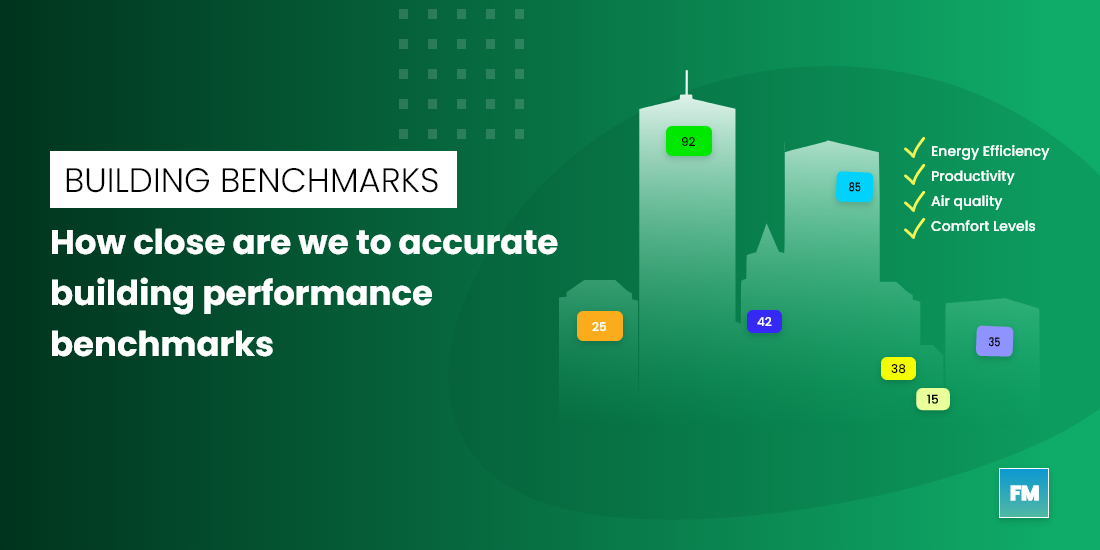The Ballon d’Or award is back this year and the race to win football’s most prestigious individual prize is heating up. The football world is overwhelmed by two goliaths: Cristiano Ronaldo and Lionel Messi. The two adversaries have scooped each individual honor over the previous decade, and regardless of their age, they give no indications of slowing down.
So who’s better this season? Who will win this year’s d’Or award?
If that question was so easy to answer, anybody would have just calculated the number of matches they have played this season, winning passes they have made, and goals they have posted. But that’s not enough to determine or compare the performance of those two players.
We would need to look closely into every parameter and circumstances that have impacted their performances and also examine how their individual game has improved as compared to the last season. That is the exact reason we depend on some of the highly advanced frameworks such as expected point added (EPA) and efficiency per match (EPM) that can quantify decision-making abilities and importance of each goal for winning the match, although they can not quantify the magic and passion both players have shown in this season, they can give us enough data to compare.
When we talk about benchmarking the performance of commercial buildings the rationales are very much the same. While comparing the energy or resource consumption of two or more buildings we can not just consider the utility bills, Sq Ft area, and the number of occupants of the buildings. Even if we are comparing similar types of buildings (both are offices or hospitals) we need much more granular level data, the right performance metrics and individual performance baselines.
One of the main challenges with the open access benchmarks is their predictive nature. According to Peter Garforth, Principal consultant of Garforth International LLC, “Data in the United States is very parochial, and it’s hard to get global benchmarks. Also, too often, it’s based on theoretical models and not on actual building performance”
For a macro-level understanding of the city or country’s building assets, Govt can promote openly available building benchmarks where building owner or facility manager can share basic building details such as area, occupants, annual consumption, etc and check where does his building stand on energy or resource intensity as compared to other buildings in the same vicinity.
But to examine the micro-level performance of the building’s assets, check the effectiveness of a particular maintenance approach or determine what else is needed to get on a track to achieve sustainability targets one needs to get deeper with the benchmarking standards and indicators. So what can be done?
- Dual approach:
As a building owner or facility manager while you share buildings details for Open access level benchmarks you can also maintain your own set of benchmarks of performance indicators which can monitor both the end results as well as the process changes you implemented to get there.
There are various benchmarking mechanisms that operate on a national and international level. Most of them focus on the design and fabric (material) part of the buildings such as LEED & IGBC. While very few consider the ‘In use’ or operational part of the buildings and benchmark on how the building is actually performing. REEB by better building partnerships and NABERS, Australia are leading the league.
- Normalization:
Comparing a building’s performance for different weather conditions or different load demands would need accurate normalization techniques. The normalization of any impacting parameter by benchmarking software ensures that changes in performance reflect operations and management practices, rather than changes in tenancy or vacancy within the building or because of unusual weather.
Benchmarking tools should create a feedback mechanism to assist building operators to evaluate whether energy efficiency measures are achieving expected performance and cost savings. If not then suggest what are the steps that needed to improve performance.
- Statistical tools:
There are software and plugins that combine statistical analytics (called regression analysis) with utility data to create building operation models. The Institute for Building Efficiency created the Lean Energy Analysis (LEAN) system, which is a cost-effective way to measure building performance using the utility bill data as the main source of information. Analytical tools like LEAN can provide a preliminary estimate of the size and make-up of potential energy efficiency projects. Another tool by FirstView automatically creates a simplified building energy model that can quickly diagnose opportunities for improvement and automatically compare a building’s performance against peers.
It is perhaps the right time to focus on your own benchmarking standards, leverage existing available tools and software to come up with an internal benchmarking strategy for your portfolio of buildings. If you are already following a particular building analytics tool then share your experience with us.

Leave a Reply